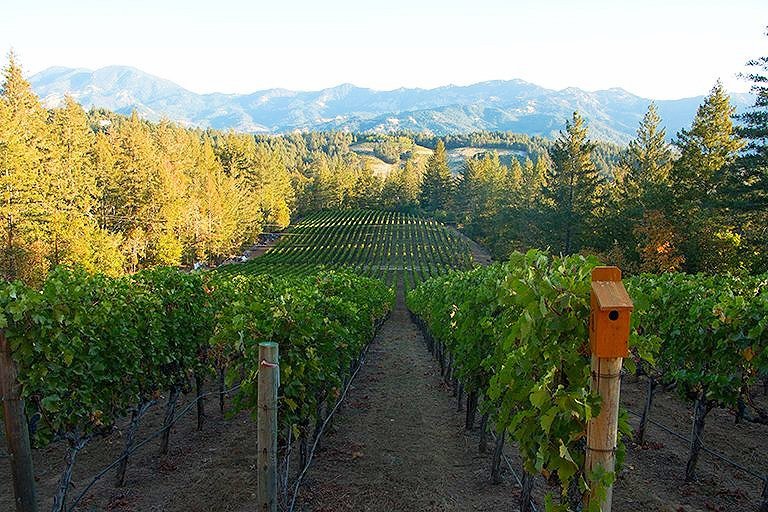
About Bluebirds
Information about Bluebirds (Sialia Mexicana)
Bluebirds
-
The Western Bluebird (Sialia mexicana) and its cousins Eastern and Mountain are voracious consumers of insects, and, because they don’t eat fruit crops, can be an important growing and gardening partner. All are songbirds and smaller members of the thrush category at approximately 5.9” to 7.1” in length .
-
Bluebirds are generalized insect feeders, consuming Blue/Green Sharpshooters as well as caterpillars, beetles and grasshoppers off of vines, on the ground or elsewhere.
A bluebird family of five nestlings requires 125 grams of arthropods per day. Greatest feeding is March to July, ideal for controlling insects in the garden or vineyard.
-
Bluebirds require a safe place for nesting season. As naturally occurring hollows have become less prevalent, the Amador Bluebird House is a highly successful replacement habitat (home).
-
Amador Bluebird houses can be installed on a pole, post, structure or tree. For best results, install 5-10 feet above ground and ensure ground below house has vegetation no taller than 2 feet. Face out of prevailing wind and don’t face 2 bluebird houses towards each other.
There are 3 species of bluebird we focus on: Western Bluebird, Mountain Bluebird, and Eastern Bluebird.
For more information on Amador Bluebird houses, environment, installation options + placement, and/or the Bluebird, feel free to contact us directly.

